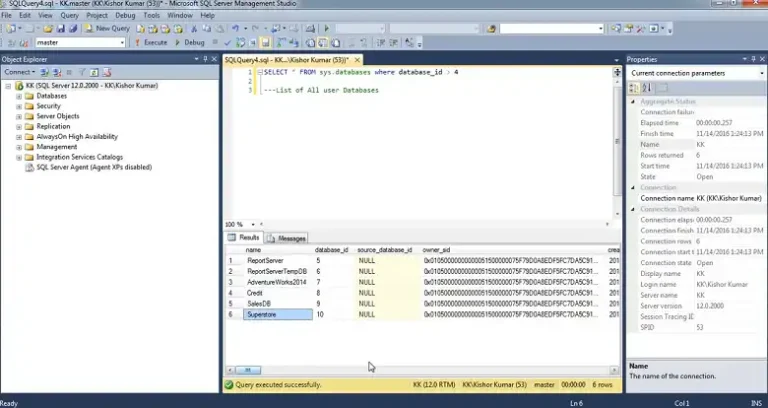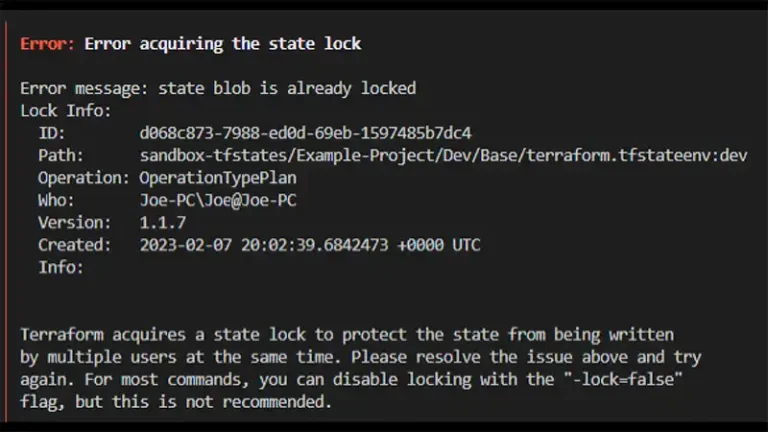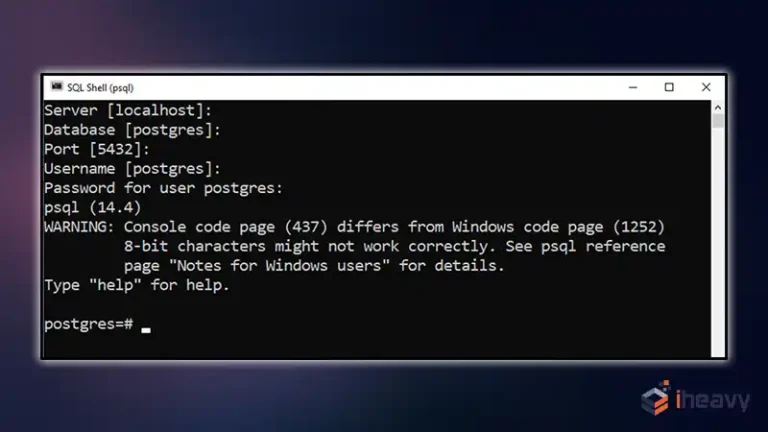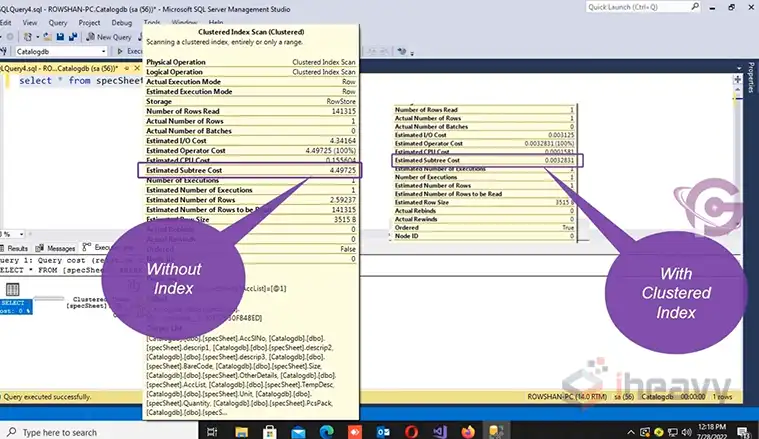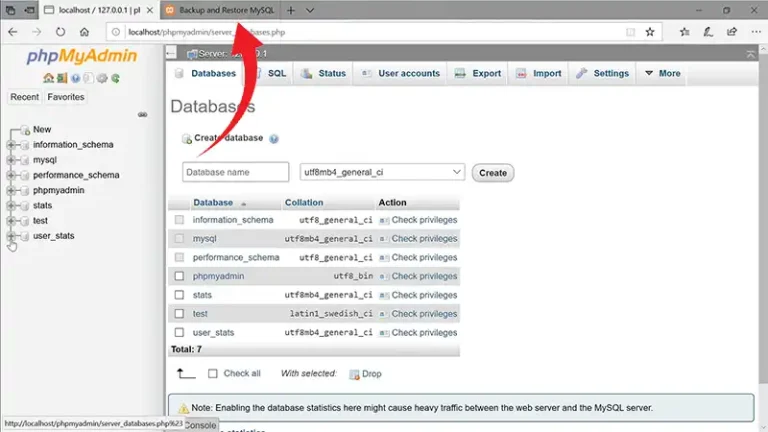Integrating Data from Multiple Sources
In today’s data-driven world, businesses and researchers often need to integrate data from various sources to perform comprehensive analyses and derive actionable insights. This process involves combining data from different databases, file formats, APIs, and other resources to create a unified dataset for analysis.
Integrating data can be challenging due to differences in data formats, structures, and semantics, but it is essential for making informed decisions. In this article, we’ll explore the steps involved in data integration, the challenges faced, and the tools and techniques that can help streamline the process.
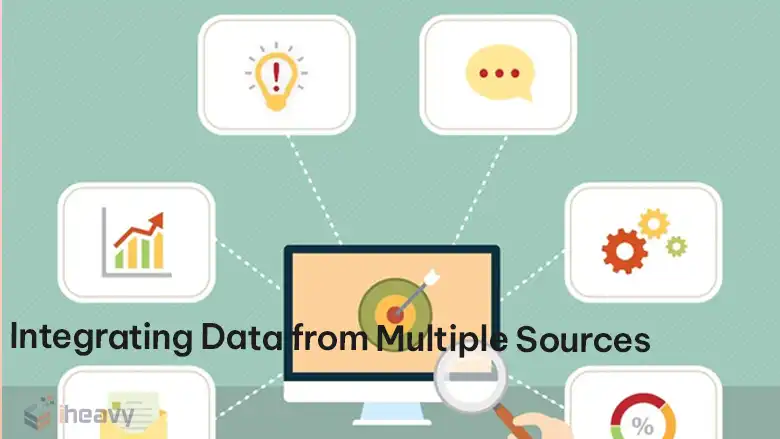
Why Integrate Data from Multiple Sources?
Data integration is essential for several reasons:
- Comprehensive Analysis: Combining data from multiple sources provides a more complete picture of the subject matter, enabling more robust analysis.
- Enhanced Decision-Making: Integrated data supports better decision-making by offering insights that are not available from isolated datasets.
- Improved Data Quality: Integration can help identify and rectify data inconsistencies, leading to higher data quality.
- Resource Optimization: Leveraging existing data resources effectively can save time and money by avoiding duplication of efforts.
How to Integrate Data from Various Sources?
Steps in data integration are as follows:
1. Data Discovery
Data discovery involves identifying and locating relevant data sources. These sources can be:
- Internal Databases: CRM systems, ERP systems, data warehouses.
- External Databases: Partner databases, third-party data providers.
- Flat Files: CSV, Excel, JSON, XML files.
- APIs: Web services, RESTful APIs providing real-time data.
- Web Scraping: Extracting data from websites.
2. Data Extraction
Once the sources are identified, the next step is data extraction. This involves retrieving data from various sources and converting it into a format suitable for integration. Some tools and techniques used for data extraction include:
- ETL Tools: Extract, Transform, Load (ETL) tools like Apache NiFi, Talend, and Informatica.

- Scripting: Custom scripts using languages like Python, R, or SQL.
- API Calls: Using APIs to fetch data programmatically.
- Web Scraping: Automated tools like Beautiful Soup or Scrapy for extracting web data.
3. Data Cleaning
Data cleaning is a crucial step to ensure data quality and consistency. This process involves:
- Removing Duplicates: Identifying and removing duplicate records.
- Handling Missing Values: Imputing or removing missing data points.
- Data Transformation: Converting data into a consistent format (e.g., date formats, units).
- Data Validation: Ensuring data accuracy and integrity.
4. Data Transformation
Data from different sources often require transformation to fit a unified schema. This can include:
- Normalization: Converting data into a standard format.
- Aggregation: Summarizing data into a higher-level view.
- Joining Data: Merging datasets using common keys.
- Data Mapping: Aligning fields from different datasets to a common model.
5. Data Loading
Once transformed, the data is loaded into a target system for analysis. This could be a data warehouse, a data lake, or a specific analytics tool. The goal is to have all the integrated data in one place, ready for analysis.
How Do You Combine Data from Multiple Sources?
Various tools are available to facilitate data integration:
Apache Kafka: A distributed streaming platform for real-time data integration.
Apache NiFi: An open-source data integration tool for automating data flows.
Talend: A comprehensive ETL tool offering data integration and management solutions.
Microsoft Power BI: A business analytics tool that supports data integration and visualization.
Pentaho: An open-source data integration and business analytics platform.
Pandas: A Python library for data manipulation and analysis.

What are the Challenges in Data Integration?
The challenges involved while performing data integration from multiple sources are:
1. Data Silos
Data silos occur when data is stored in separate systems and is not easily accessible. Overcoming data silos requires breaking down barriers and ensuring seamless data flow across systems.
2. Data Quality Issues
Data from different sources may have inconsistencies, missing values, or errors. Ensuring data quality is a continuous process that involves cleaning and validating data.
3. Heterogeneous Data Formats
Different data sources may use various formats and structures. Data transformation and normalization are necessary to achieve a unified format.
4. Security and Privacy Concerns
Integrating data often involves sensitive information. Ensuring data security and compliance with privacy regulations (e.g., GDPR, CCPA) is critical.
5. Real-Time Integration
In some cases, real-time data integration is required for time-sensitive analyses. Implementing real-time integration can be complex and requires robust infrastructure.
Best Practices for Data Integration
- Define Clear Objectives: Understand the goals of data integration and define clear objectives to guide the process.
- Standardize Data Formats: Establish standard data formats and structures to simplify integration.
- Use Scalable Solutions: Choose scalable tools and technologies that can handle growing data volumes.
- Ensure Data Governance: Implement data governance policies to ensure data quality, security, and compliance.
- Automate Processes: Automate data integration tasks where possible to reduce manual effort and errors.
- Monitor and Improve: Continuously monitor data integration processes and make improvements as needed.
Frequently Asked Questions
Why do we use multiple sources?
Utilizing diverse sources helps mitigate bias, which can distort information by favoring particular viewpoints. Bias often hinders objectivity and can result in a skewed or incomplete understanding of a topic. To counterbalance overt bias in a source, incorporating perspectives from other reliable sources is crucial.
Can you connect to multiple data sources in Tableau?
When incorporating data from various sources into a single Tableau worksheet, the software will automatically attempt to identify a common field that can be used to connect the datasets and create a blended view.
Conclusion
Integrating data from multiple sources is essential for comprehensive data analysis and informed decision-making. While the process can be challenging, following best practices and using appropriate tools can streamline data integration. As data continues to grow in complexity and volume, effective data integration will remain a critical component of any successful data strategy.

